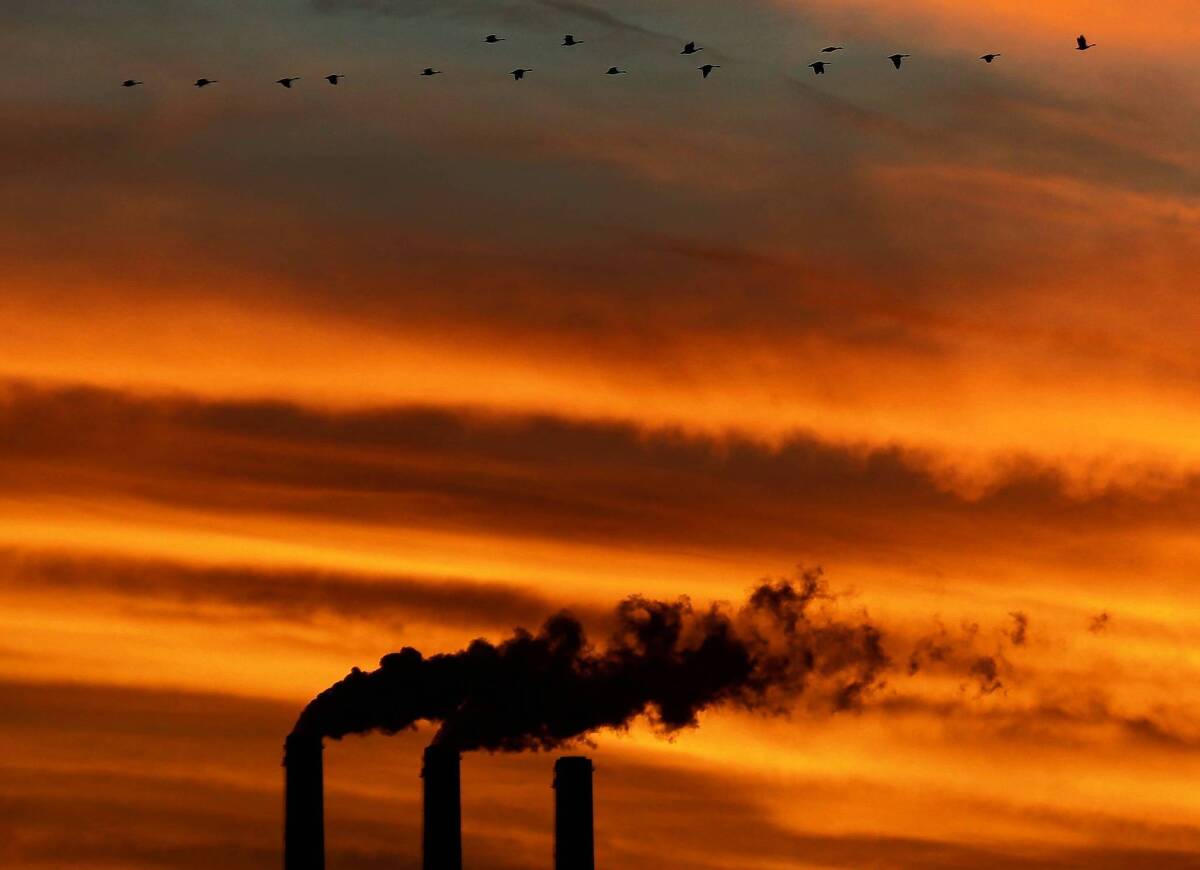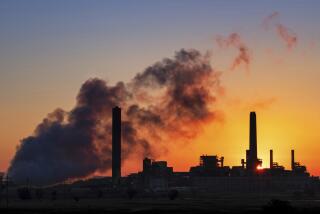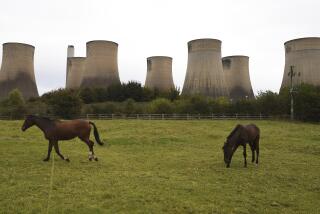Clock is ticking, slowly, on rules for coal-fired power plants

POOLESVILLE, Md. â On a curve of the Potomac River 37 miles northwest of Washington, the Dickerson power plant has stood sentry over small villages, crop fields and horse farms for more than half a century.
Burning mostly coal and some natural gas, Dickerson emitted about 1.5 million tons of greenhouse gases in 2011, akin to the pollution of about 275,000 cars.
How much longer Dickerson will run depends in no small measure on the steps President Obama takes to fulfill the pledge he made in his State of the Union address to tackle climate change. With chances for congressional action nil, the president will have to choose from a menu of administrative options, including new regulations.
FOR THE RECORD:
Carbon dioxide emissions: An article in the May 13 Section A about efforts to reduce carbon dioxide emissions from coal-fired plants said that American coal plants are the single-biggest source of greenhouse gases in the world. They are the single-biggest source in the United States.
Any effective climate change initiative would have to take on American coal-fired power plants, the biggest single source of carbon dioxide emissions in the world. Plants like Dickerson emit more than 28% of U.S. greenhouse gases.
But they also supply 38% of the countryâs electricity, more than any other fuel source.
Although new coal-fired plants are rare, administration officials have said they want rules for new plants to be in place before the Environmental Protection Agency devises rules for existing plants. That clock is ticking slowly. The administration recently blew past a legal deadline to issue final rules for carbon dioxide from new power plants and didnât set a new date.
The more complex and politically dangerous challenge lies in regulating the countryâs 600 existing coal plants, like Dickerson.
Coalâs supporters say aggressive moves to cut emissions, combined with high prices for new pollution controls, would force the closure of power plants and threaten electricity reliability. Climate change activists say incremental moves would allow more greenhouse gases into the atmosphere, resulting in rising global temperatures and catastrophic changes in nearly all aspects of life.
âCarbon reduction at power plants has to be addressed but in a very sensitive way,â said William K. Reilly, EPA administrator under President George H.W. Bush. âIf you leave existing power plants out of the picture, youâre being overly optimistic.â
U.S. emissions of greenhouse gases have declined since 2005. The recession tamped down electricity demand from manufacturers. People drove less. Moreover, the electricity sector began to rely less on coal and more on natural gas, which emits less carbon dioxide and is costing less because of the boom in extraction by hydraulic fracturing, or fracking.
The majority of new power plants burn natural gas. But letting the market follow its current course is not enough for the U.S. to lower greenhouse gas emissions by 2020 to 17% less than 2005 levels, which Obama pledged in 2009.
âThe president has already taken historic action on this issue in the wake of congressional inaction during his first term,â said White House spokesman Clark Stevens, reiterating efforts to increase auto fuel economy and double renewable energy generation. Stevens would not discuss the administrationâs specific plans for regulating power plants.
It is unclear whether the White House has the stomach for tackling the costs associated with stripping carbon dioxide out of coal-fired power plant emissions.
Demonstration projects are underway to retrofit plants like Dickerson to remove carbon dioxide after the coal has been combusted, including one by Dickersonâs owner, NRG Energy, in Texas. NRG declined to comment on whether such technology would ultimately prove affordable at older coal-fired plants like Dickerson. About a third of U.S. coal-fired plants are more than 40 years old.
Even more projects are underway to reduce carbon in coal before combustion. But the systems are âvery, very costly,â said Tom Alley, vice president for generation at the Electric Power Research Institute, an industry-backed research group.
John Thompson of the Clean Air Task Force, a Boston-based environmental group, contends that fighting regulation is part of the coal industryâs DNA. âThere are legitimate concerns about cost,â he said. âBut there are societal benefits, and if you donât spend here, you end up having to spend trillions of dollars more in other realms.â
More to Read
Sign up for Essential California
The most important California stories and recommendations in your inbox every morning.
You may occasionally receive promotional content from the Los Angeles Times.











